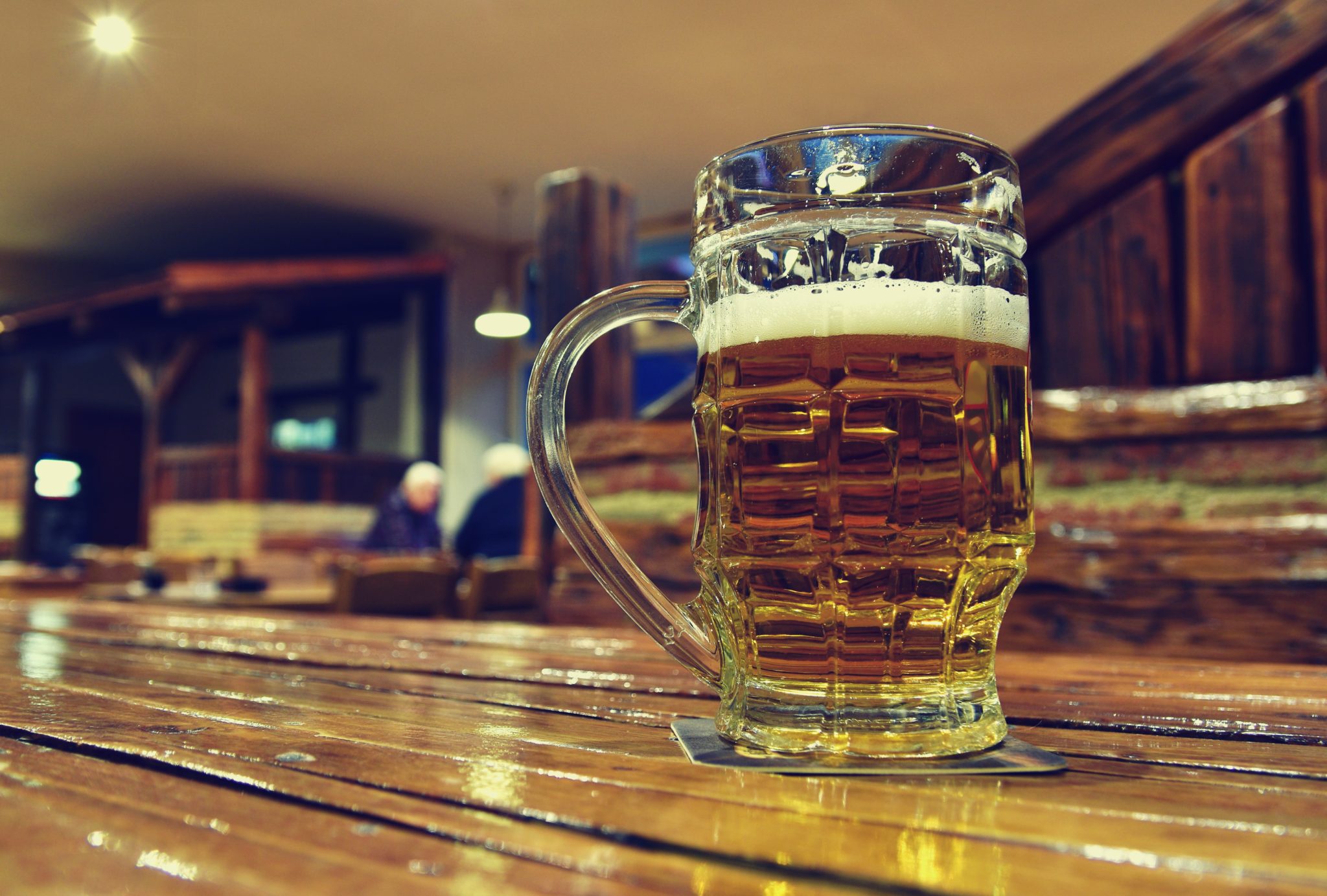
It starts from barley, choosing the best quality, whose beans are put in water to germinate until, reached the necessary moisture, are germinated for several days. The germinated barley is called malt which is then slowly dried in the oven. According to the degree of roasting will reach a color (blond, golden or toasted) and a different fragrance, which then affect the appearance and taste of beer. The barley malt is milled and ground into flour, then mixed with water in a boiler until it becomes a homogenous unit, said must.

The two great families of yeast used for this purpose are Saccharomyces cerevisiae and Saccharomyces Carlsbergensis. An exception to this rule some rare beers, produced at a place of Belgium, which ferment spontaneously using a yeast in the air of that area. After fermentation, the beer is poured into special tanks where it is left for four to six weeks to ripen and mature. At this stage all of its components are refined and are stabilized. The majority of beers is then subjected to further filtration to remove any traces of yeast and other components that would make the drink turbid. The beer at this point is practically ready to be packaged and then consumed. The packaging, is by no means the least important part. Only if you are operating correctly and with the utmost attention, in fact, the beer can get to the consumer with its original qualities intact.

The dark glass bottle, brown or green is the best material to preserve over time the characteristics of the beer and protect it from the negative effects of light. The metal cap, crown, practical and safe, is what ensures perfect tightness, but are used for bottles with a special meaning, even corks, ceramics and rubber or screw caps. The can, light, comfortable, easy to carry, store and open at any time and place, is very appreciated by some consumer groups. The stem, very large (25-30-40 liters), it is primarily used by public exercises for the service on tap, which has a large number of consumer enthusiasts. The beer packaged in this way is very fragrant but delicate and, in order to be really good, it must be consumed in a short amount of time.

Like other foods and natural drink, even beer fears the changes in temperature, the action of oxygen and the negative effect of light. Also molds and bacteria can attack it if it is not maintained properly. But it is the time his most devious enemy. The life of a beer, in fact, no more than 18 months after its production. Now that you know how it is made craft beer, you just have to taste it!



